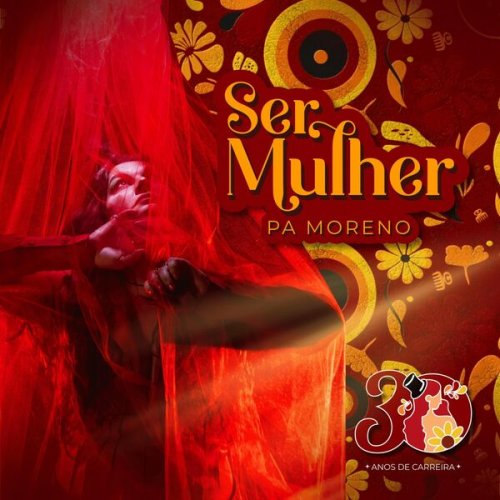Mauricio Sotelo - De Oscura Llama (2009)
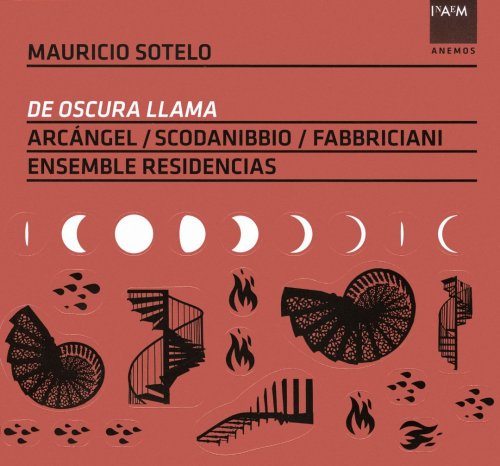
Artist: Mauricio Sotelo
Title: De Oscura Llama
Year Of Release: 2009
Label: Anemos
Genre: Classical
Quality: FLAC (tracks+.cue,log,scans)
Total Time: 50:00
Total Size: 246 Mb
WebSite: Album Preview
Tracklist: Title: De Oscura Llama
Year Of Release: 2009
Label: Anemos
Genre: Classical
Quality: FLAC (tracks+.cue,log,scans)
Total Time: 50:00
Total Size: 246 Mb
WebSite: Album Preview
De Oscura Llama (Of a Dark Flame) (2008)
01. De Profundis (2'56'')
02. Soleá de la sombra (1'46'')
03. Rompe desde un abismo el sol (Seguiriya I) (7'30'')
04. Del amor oscuro (Seguiriya II) (4'22'')
05. Intermezzo I (Granaína) (1'38'')
06. De la espiral secreta (Soleá por bulería) - Impromptu I (à la Scondanibbio) (3'06'')
07. Bulería encendida (5'13'')
08. Intermezzo II (Matriz-Materia) (2'51'')
09. Martinete de medianoche - Impromptu II (à la NeoPerc) (5'54'')
10. De la llama oscura (3'25'')
11. Coral - Impromptu III (à la Fabbriciani) (4'07'')
12. Toná de mediodía (7'10'')
Performers:
Arcángel, flamenco singer
Roberto Fabbriciani, flute
Stefano Scodanibbio, double bass
Ensemble Residencias
Mauricio Sotelo, conductor
Taking off from the precepts of German aesthetics of the middle 20th century, which understandably mistrusted popular culture (or "mass culture") in all its manifestations, the European musical avant-garde has largely rejected influences from the vernacular musical sphere, except insofar as they are skeptically or ironically treated. One of the few to attempt to bridge the gap is Spanish composer Mauricio Sotelo, born in 1961. This album, whose CD version is accompanied by a hardbound booklet whose design is as interesting as its contents, consists of a single work in 12 sections, De oscura llama (Of a Dark Flame), composed in 2008. The music explores the fusion of traditional flamenco music with avant-garde, percussion-dominated concert music that, although it does not contain any electronic elements, nevertheless bears the mark of contemporary sound synthesis. The main flamenco element lies in the vocals, provided by the actual (and single-named) flamenco singer Arcángel. But the instrumental ensemble -- piano trio, clarinet, and three percussionists -- plays a role as well. It does not render anything like the traditional guitar accompaniment to flamenco, but still it stretches the traditional relationship between musicians and singer rather than completely discarding it. This is the key to Sotelo's music: as the tonal framework dissolves and the percussionists bang around, the connection between voice and accompaniment is still recognizable. Sotelo builds from here, alternating vocal and instrumental pieces (or sections) and engaging in flamenco-like buildups of intensity that he accomplishes by something other than speeded-up motor rhythms. Entirely engaging, and, with the spirit of experimentation that has surrounded flamenco, probably of interest even to fans of that genre.
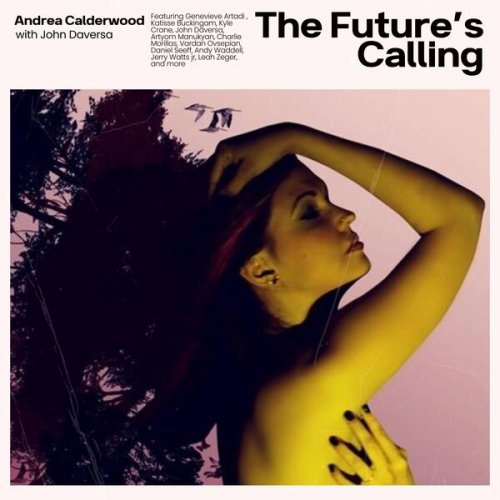
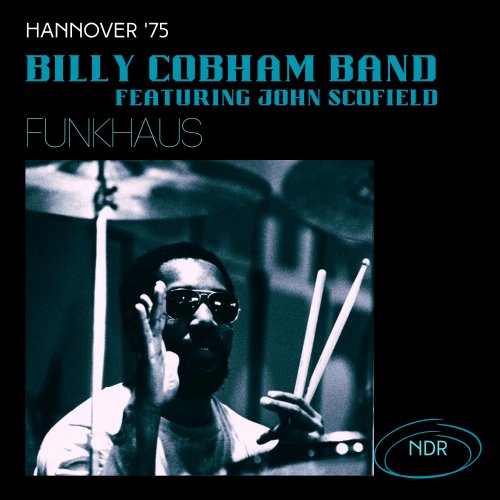
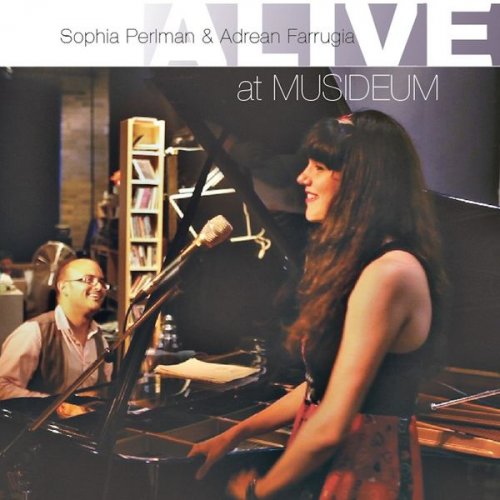
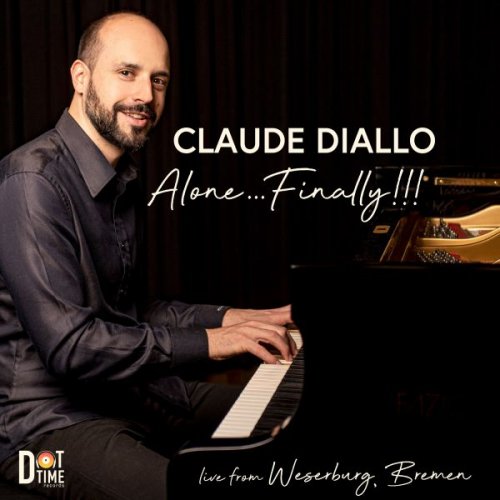
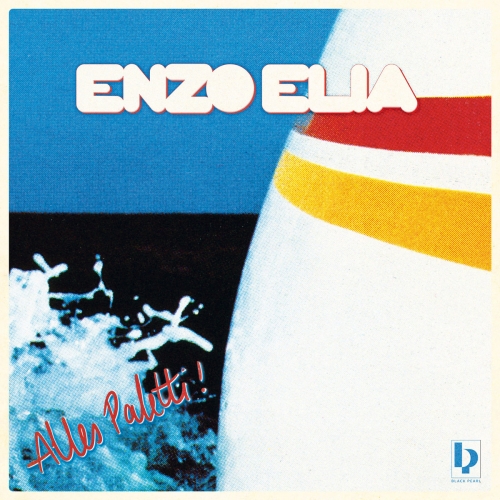
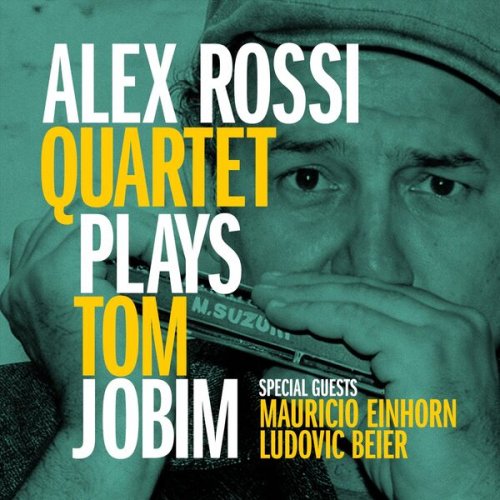
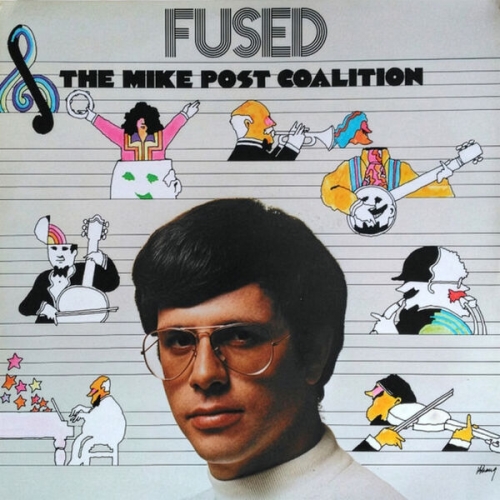
![Don Sebesky - Three Works For Jazz Soloists & Symphony Orchestra (1979) [Hi-Res] Don Sebesky - Three Works For Jazz Soloists & Symphony Orchestra (1979) [Hi-Res]](https://img.israbox.com/img/2026-01/07/bziob1ihb9u6fey2poj1xqnen.jpg)
